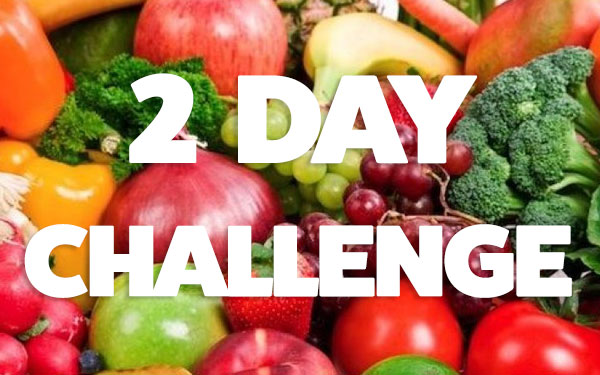Summer’s finally here, and for many of us that can mean more social engagements taking full advantage of the nice weather. But some of those fun summer BBQ’s can also come with calorie-laden options that can get in the way of our healthy goals. So let’s talk about some strategies to work around potential pitfalls.
Use a Plate for Everything
It can be too easy to grab handful after handful of snacks while chatting with friends, making it impossible to know how much you’ve eaten. Instead, make yourself a plate with a small serving of the snacks you want to enjoy. This helps you to be mindful of how much you’ve eaten and serves as a stopping point to help you decide if you really want more and are willing to fill up the plate again.
Be Mindful of Portions
Keep portions in mind and pay attention to how much you’re having, as our eyes can often be bigger than our stomachs. No one expects you to pull out a food scale at your next get together, but you can use visual cues to estimate portions. Remember that a 3oz portion of protein is roughly the size of a deck of cards, and ½ cup is about the size of a computer mouse. Keeping some visual cues in mind can help keep portions and calories in check.
Veggies and Lean Protein first
When making yourself a plate, be sure to grab satisfying lean protein and fiber-full veggies first. This will help to balance out portions of other items, as there will only be so much room left on the plate, and will ensure that you are able to get in these more nutrient-dense and satiating foods. The goal is a balanced plate: ½ of your plate should be veggies, ¼ of the plate protein and ¼ of the plate starch. When you sit down to eat, the same idea applies. Try to eat the protein first, then the veggies, and the carbohydrates last. That way if you fill up before you finish your plate, you’ll have gotten the more nutritious and satisfying items in already. You won’t be missing out on as much nutrition leaving behind a few bites of a rice, pasta or potato dish.
Prioritize Favorites
Sometimes when faced with a large spread, we have the urge to try a little bit of everything–even things that we don’t really like! So when faced with a table full of food, do a little reconnaissance first. Take a look at everything and decide what’s really important for you to have that day. Make sure you get in those satisfying protein and veggies, but maybe someone also brought one of your favorite dishes or something totally new that you want to try. Prioritizing what you really want allows you to have space on your plate for these items while leaving behind items that might not be worth it to you that day.
Bring a Healthy Dish
There’s always the option to bring a healthy dish yourself to make sure that there is something available to help you stick to your goals. And it’s likely other partygoers will appreciate it too! Items like salads with a light dressing, a veggie tray with a yogurt-based dip, or skewers of lean protein and veggies are always easy to prepare and enjoy. In charge of dessert? Cut-up watermelon slices or fruit salad can be sweet and refreshing treats during the hot summer days and are much lighter than traditional cookies and brownies.
Go Play After Dinner
A great way to have fun and take the focus off food is to get moving! Playing a game after you finish eating, such as frisbee, volleyball or bocce, can be a lot of fun. No space or equipment? Taking a short walk with other party-goers can give you the opportunity to chat and catch up, while also keeping you from continuing to nibble.
So enjoy those summer barbecues, but don’t forget to keep your goals in mind. Going in with a plan or strategy will allow you to have fun and still feel successful.
[amd-zlrecipe-recipe:20]
 Article Written by:
Article Written by:
Cristine Seitz, MS RD LDN
Cristine is a Senior Bariatric Dietitian for the Weight Management Center at Mount Auburn Hospital in Cambridge MA. She received her Bachelor of Science degree from McGill University and Master of Science degree from Boston University. She has worked in outpatient nutrition counseling for more than 5 years, and loves helping patients achieve their nutrition goals in a way that meets their individual lifestyles.






Leave A Comment
You must be logged in to post a comment.